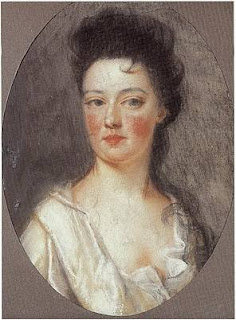The purpose of the Virginia Company was to establish colonies and locate sources of wealth in the New World and produce profits for London investors. In 1619 the House of Burgesses was created in Jamestown. It was the first institution of representative governments in America, and consisting of representatives elected by the colonists, in which any free landholding adult man could partake in the voting process. After decades of financial loss, King James I revoked the Virginia Company’s Charter and turned Virginia into a royal colony. The king also appointed a governor and a twelve member council consisting of upper class residents. “The governor had the most power of any, his duties included judicial, religious, military, appointing officials, and leader of legislature, but no power over public funds” or taxation, only the House of Burgesses held that power (Colonial South and the Chesapeake n.d.). Constant struggles existed between the government, which consisted of upper class plantation owners and the poorer colonists.
Government did more than create a political arena for the people of Chesapeake, it also defined social distinctions and contributed to colonist’s social perceptions. “In general, government and politics strengthened the distinctions in Chesapeake society.” “The most vital distinction separated servants and masters, and the colonial government enforced it with an iron fist” (Roark, et al. 2009). This increasingly large division of social classes would eventually cause the colonists to form “Bacon’s Rebellion” led by Nathaniel Bacon. Originally formed over disputes pertaining to Virginia Indian policy it quickly snowballed into a fight between the rich upper class government and the poor lower class colonists. Bacon claimed that the government was only concerned with the upper class and had no intentions of improving life for the poor lower class colonists. Laws were changed for a period of time due to this uprising, but unfortunately Bacon died and took with him all the new policies that he had helped establish. After his death, a new governor was appointed and more taxes were placed on the colonies precious commodity tobacco. Legislation regarding slaves were being set forth by the government. This new Virginia legislative set laws in place to help masters with their unruly slaves. These laws encompassed anything from slaves running away to children born to slave mothers. Harsh punishments relating to compensation to the master, and even death were handed down to any slave who broke these laws.
Further laws were set in place during this era to help keep order and maintain the upper class majority in the government. Harmony, equality, and fairness were not concepts that the government tried to uphold during this time frame. The rich stay rich and the poor stay poor, most of the rights of the upper class were regarded, while rights of the poor lower class colonists were disregarded. For a while the rules and regulations set forth by the government were not questioned by the people, but eventually everyone wanted a right to be heard, own property, and be treated fairly. People began fighting for equal and fair treatment. Over time, the laws governing the people have changed and today we strive for the American dream.
Original Jamestown Colony
Slaves on a Virginia Plantation
In 1607, a group of settlers first landed on Jamestown Island
The House of Burgesses
The House of Burgesses
Virginia Company Seals
Resources
Colonial South and the Chesapeake. http://en.academic.ru/dic.nsf/enwiki/11245062 (accessed November 7, Sunday, 2010).
Roark, James L, Michael P Johnson, Patricia Cline Cohen, Sarah Stage, Alan Lawson, and Susan M Hartmann. The American Promise, A History of the United States. Boston: Bedford/St. Martin's, 2009.


















